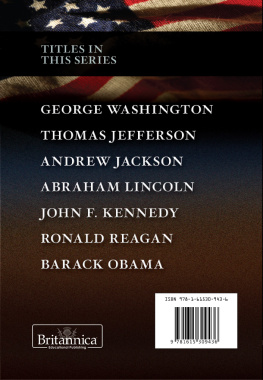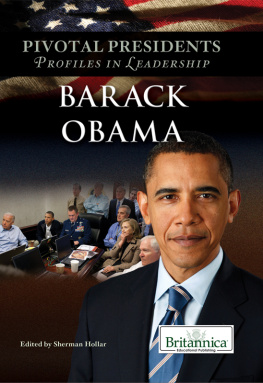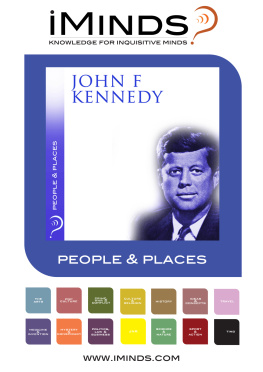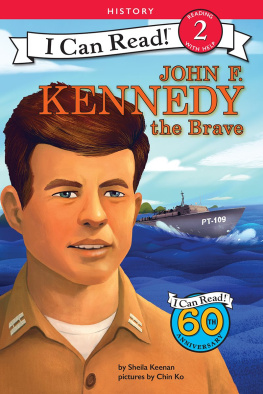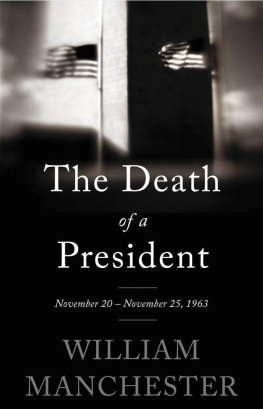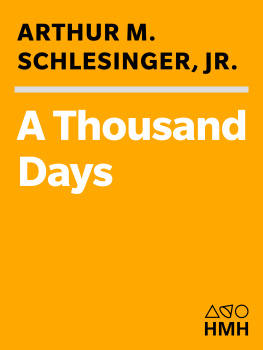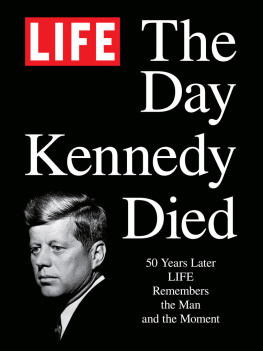

Published in 2013 by Britannica Educational Publishing
(a trademark of Encyclopdia Britannica, Inc.) in association with Rosen Educational Services, LLC 29 East 21st Street, New York, NY 10010.
Copyright 2013 Encyclopdia Britannica, Inc. Britannica, Encyclopdia Britannica, and the Thistle logo are registered trademarks of Encyclopdia Britannica, Inc.
All rights reserved.
Rosen Educational Services materials copyright 2013 Rosen Educational Services, LLC. All rights reserved.
Distributed exclusively by Rosen Educational Services.
For a listing of additional Britannica Educational Publishing titles, call toll free (800) 237-9932.
First Edition
Britannica Educational Publishing
J.E. Luebering: Director, Core Reference Group, Encyclopdia Britannica
Adam Augustyn: Assistant Manager, Encyclopdia Britannica
Anthony L. Green: Editor, Comptons by Britannica
Michael Anderson: Senior Editor, Comptons by Britannica
Andrea R. Field: Senior Editor, Comptons by Britannica
Sherman Hollar: Senior Editor, Comptons by Britannica
Marilyn L. Barton: Senior Coordinator, Production Control
Steven Bosco: Director, Editorial Technologies
Lisa S. Braucher: Senior Producer and Data Editor
Yvette Charboneau: Senior Copy Editor
Kathy Nakamura: Manager, Media Acquisition
Rosen Educational Services
Hope Lourie Killcoyne: Executive Editor
Nelson S: Art Director
Cindy Reiman: Photography Manager
Karen Huang: Photo Researcher
Brian Garvey: Designer, Cover Design
Introduction by Hope Lourie Killcoyne
Library of Congress Cataloging-in-Publication Data
John F. Kennedy/edited by Sherman Hollar.
p. cm.(Pivotal presidents: profiles in leadership)
In association with Britannica Educational Publishing, Rosen Educational Services.
Includes bibliographical references and index.
ISBN 978-1-61530-950-4 (eBook)
1. Kennedy, John F. (John Fitzgerald), 1917-1963Juvenile literature. 2. PresidentsUnited StatesBiographyJuvenile literature. I. Hollar, Sherman.
E842.Z9J64 2013
973.922092dc23
[B]
2012022265
On the cover, p. 3: Behind the portrait of John F. Kennedy, 35th president of the United States, a United States Navy ship is seen intercepting a Soviet ship in Cuban waters during the U.S. Naval blockade on that Soviet-backed country during the Cuban Missile Crisis, October, 1962. Kennedy was able to avert nuclear disaster by means of both the blockade and tense but ultimately fruitful negotiations with Soviet leader Nikita Khrushchev. Carl Mydans/Time & Life Pictures/Getty Images
Cover, p. 3 (portrait) John F. Kennedy Presidential Library and Museum; cover, pp. 1, 3 (flag) iStockphoto.com/spxChrome; pp. 5, 10, 22, 34, 52, 70, 73, 76, 78 Federov Oleksiy/Shutterstock.com

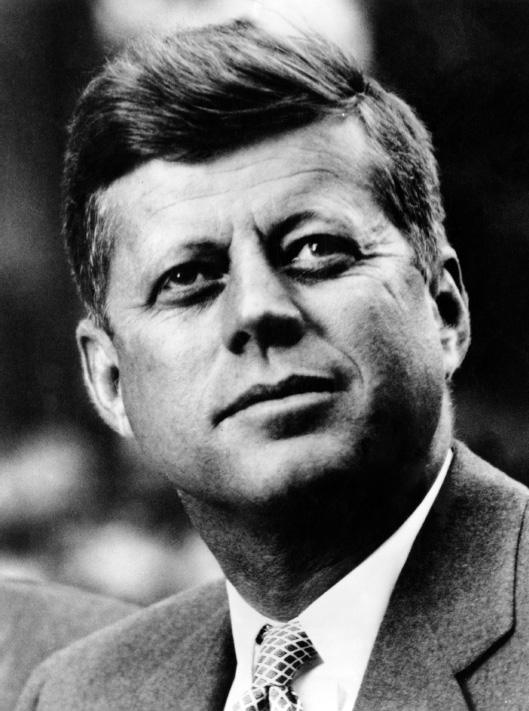
John F. Kennedy, c. 1961. Library of Congress/Archive Photos/Getty Images
O n Sept. 26, 1960, John Fitzgerald Kennedy and Richard Milhous Nixon faced off in the first of an unprecedented series of four televised debates between two U.S. presidential nominees. It was a paradigm shift for the nation, the first time that Americans could see would-be leaders of the free world speaking at length, answering difficult questions, and doing so in a somewhat impromptu style. It allowed viewersand there were 70 million of them that first nightto get a gut feeling about the two candidates. How do they think? How do they react under pressure? Do they smile? Grimace? Pause? Stall? Of course, television is a visual medium, and as JFK was younger, more charismatic, and better looking than his opponent (Nixon also had stubble and perspiration on his face), having the debates televised worked to JFKs advantage. Interestingly, many of those who heard the debates on radio rather than saw them believed that Nixon had won; the opposite was true for TV viewers. Did the visual dimension of television add the element of the superficial? Perhaps. But it was John F. Kennedy nonetheless a point of no return, redefining the process by which Americans choose their presidents.
Today, it is interesting to think about how the 35th president of the United States is remembered. Many Americans, old and young, can conjure up images of Kennedy, his equally photogenic wife, Jackie, and their two children, John and Caroline. Many can also hear some of JFKs famous lines, particularly, Ask not what your country can do for youask what you can do for your country, complete with that distinctive Massachusetts/Kennedy twang. It is also widely known that Kennedy was the youngest president ever elected. And the first Roman Catholic. But what many may not remember or even know in the first place is that before going into politics, he worked as a news- paper journalist, first at the Chicago Herald American and then at the International News Service. In addition, he wrote several books before becoming president, one of which was a best seller and another of which garnered a Pulitzer Prize.
What many also may remember about John F. Kennedy is how he died. Images of the Kennedys in that long black limousine in Dallas, Tex., were beamed live into television sets across America, and then repeatedly afterward. The shock of Kennedys assassination was followed by the heartbreaking visual of his young son John Jr.whose third birthday it was on the day of Kennedys funeralsaluting as his father was buried.
But Americans were left not just with sorrow, but also with hope. Hope that following JFKs exhortations, the space race would be won. And that through programs such as the Peace Corps, which he established, Americans would indeed not just ask what they could do for their country, but for the world.
Pivotal Presidents: John F. Kennedy profiles the life of a leader whose mystique lives on, adding detail to the challenges and successes of Kennedys time in officeas well as taking readers through his private life and early years. This book explores, examines, and explains the indelible moments and international crises of Americas first extensively televised presidency.
I n November 1960, at the age of 43, John F. Kennedy became the youngest man ever elected president of the United States. (Theodore Roosevelt had become president at 42 when President William McKinley was assassinated, but he was not elected at that age.) On Nov. 22, 1963, Kennedy was shot to death in Dallas, Tex., the fourth United States president to die by an assassins bullet.
Kennedy was the nations first Roman Catholic president. He was inaugurated in January 1961, succeeding Republican President Dwight D. Eisenhower. In one of the closest elections in the nations history, Kennedy had defeated the Republican candidate, Vice-President Richard M. Nixon, by little more than 100,000 votes. During his time in office, Kennedy faced a number of foreign crises, especially in Cuba and Berlin, but managed to secure several landmark achievements, such as concluding the Nuclear Test-Ban Treaty with the Soviet Union and the United Kingdom, winning approval of the international economic development program Alliance for Progress, and creating a volunteer service, the Peace Corps, to help other countries in their development efforts.

